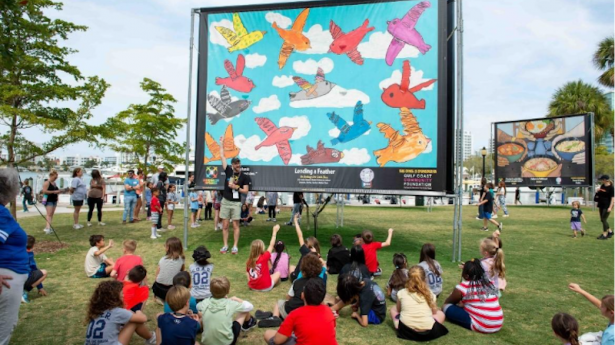Brief Thoughts on a Lingering Problem
The following guest column by Dr. Mark S. Pritchett, President/CEO of Gulf Coast, appeared in the September 15 edition of SRQ Daily:
We have no silver bullet to stop red tide. Let’s get that out of the way from the get-go. What’s more, because red tide is a naturally occurring phenomenon, one that’s been documented in our Gulf of Mexico for centuries, we should be wary of messing with the complex process that causes it.
But the disgusting experience and more devastating effects of the current bloom that’s plaguing our coast are not independent of human influence. That intersection of nature and man is where we can focus energy and initiative.
Science suggests red tide has been part of the Gulf’s ecological balance since before Europeans settled our Eastern seaboard. We know blooms start well offshore, as far as 40 miles, beyond the area impacted by land-based, human-induced nutrients. Research also suggests that iron-rich dust from Sahara Desert sandstorms might be contributing to this year’s unusually intense red tide bloom. Trying to reverse a natural process that starts miles offshore or stem dust storms that blow up an entire ocean away is neither practical nor affordable.
What is possible, though, as well as cost-effective, is stemming the human-caused pollution that can make natural red-tide blooms more severe, widespread and long-lasting.
Read the rest of Mark's column in SRQ Daily...
http://bit.ly/2pedhYU


